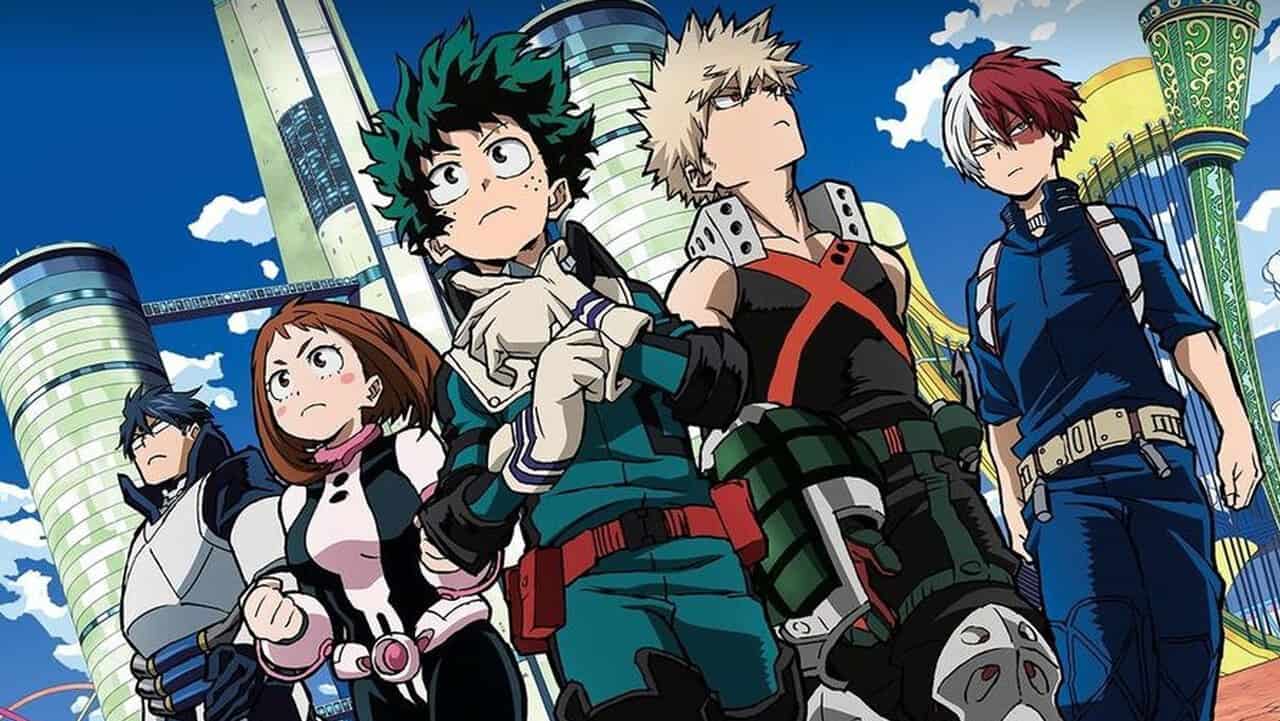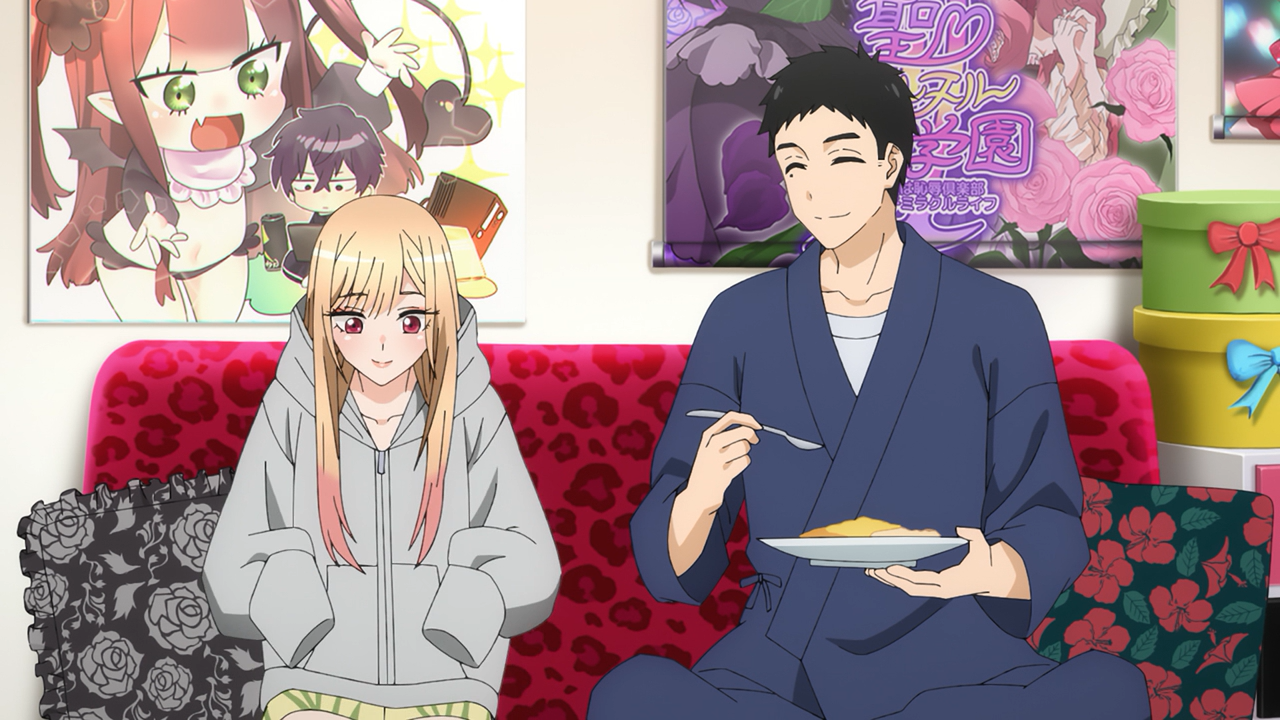Extra-ordinary fights and battles, flashy depictions of supernatural quirks, and in-depth character developments of not only heroes but villains as well. All these elements are encapsulated in one of the most popular shonen anime, My Hero Academia.
In a world where nearly every person in your vicinity possesses a quirk, our protagonist, young Izuku Midoriya, discovers that he is quirkless until fate makes him encounter his all-time idealized Hero, All Might.
In 2005, the first of My Hero Academia hit the bookstores. Written by Kohei Horikoshi, a man who is no stranger to the manga industry, known for his excellence in writing short stories and featured for his one-shot in the Shonen Jump, he created a perfect blend of heavy and light themes in the manga, culminating into a shonen masterpiece that My Hero Academia is now.
The anime is produced by Studio Bones, highly known for its production of other anime masterpieces like Mob Psycho, Fullmetal Alchemist Brotherhood, and Bungou Stray Dogs. The series is known for its visuals, structured plot, and storyline. The anime has a popular outreach as it appeared in the New York Times best seller. As of February 2023, the manga had sold 85 million copies.
The anime has not failed to touch a few heart-strings of the viewers, especially after Todoroki’s arc and season 4, where we meet Eri. Even compelling villains like Stain, with their twisted philosophies and ideologies, have given the show a taste of greater sentimentality and represented the social division of the world, however, through the eyes of supernatural prowess and talent.
The characters and their personalities are made keeping in mind the quirks that suit them and their fragmented backstories. Some characters are written with vivid descriptions, like our main protagonist, Midoriya, who was born quirkless and had to bear the brunt of bullying from other people because of his high ambitions of wanting to become a superhero, and Todoroki, who was born to a broken family.
If you are someone who gets easily absorbed into comics about superhero stuff, or someone who is into action anime with an intricate story-telling characterized by thrilling narratives and fantastical battle scenes, My Hero Academia is the perfect anime for you.
Also, read: 10 Best Retrieval Arcs In Shōnen Anime That You Should Watch
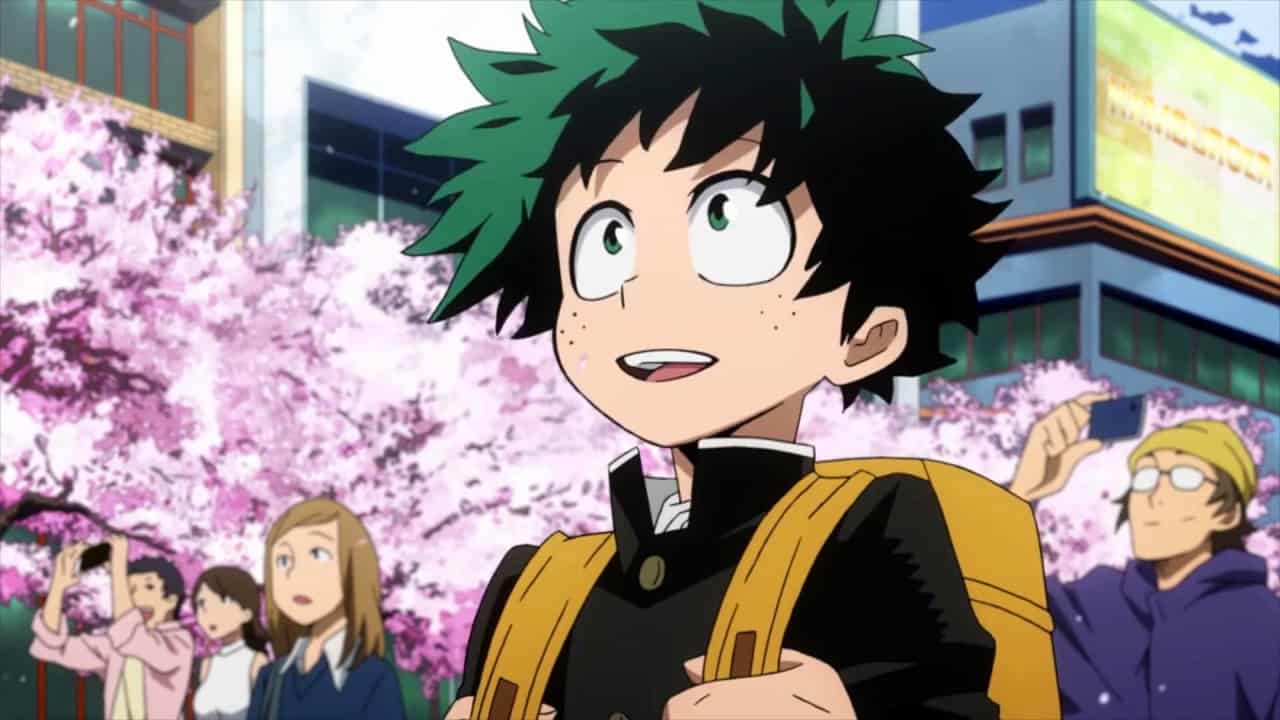
My Hero Academia: Storyline
The storyline of My Hero Academia has been a perfect blend of humor and seriousness. The show has depicted a fine demarcation between the heroes and villains, giving it the essence of an elegant yet vivid narrative.
The series is set in Japan in a world where 80% of the population possesses a supernatural power, also labeled as quirks. The plot follows Izuku Midoriya, a young teenager who wishes to be a hero like his idol, All Might, who is a symbol of world peace.
However, he is one of the minorities in society not being gifted the power of quirks. As a result, he is constantly bullied and ridiculed by his classmates, especially Katsuki Bakugou. However, after saving Bakugou from a villain, he is scouted by All Might himself.
After a series of events, it is revealed that All Might’s quirk “One For All” can be passed down to another person. All Might decides to pass down the quirk to Midoriya, who would inherit his legacy of being the next symbol of world peace.
After incessant and strenuous training, Deku is accepted into Class 1-A of U.A. Highschool. Together with his classmates, he has to climb up the hierarchical ladder by exploring techniques and finding out how to battle in his own ways. He befriends other people like Ochaco Urararaka, Tsuyu Asui, and Tenya Iida.
The first three seasons throw light on the backstories of the characters while also putting emphasis on the storyline as well. The characters sharpen their quirks while learning and exploring more techniques. Mention should be made of the appearance of Stain, one of the most twisted antagonists in the anime.
There is a brief confrontation of the heroes with the League of Villains and their head, Tomura Shigaraki, and a face-off of All Might with his nemesis, All for One.

From the next season onwards, the plot thickens. A plethora of characters is introduced. The fourth season follows the students of class 1-A, along with the Big Three, embarking on a mission to fight against the Shie Hassaikai group and prevent them from creating a quirk-destroying drug and saving a little girl named Eri.
Later on, the ranks of the heroes are published, with Endeavor ranking first, signifying the retirement of All Might from the hero business. We get a glimpse of how the heroes worked through the perspectives of Endeavor and Hawks.
The fifth season of the anime receives a lot of criticism. The plot depicts Izuku, who dreams about the remnants of the previous One for All users, followed by the second half of the season revolving around Tomura, who would become the successor of the quirk, All for One. He seeks to merge the League of Villains and the Meta Liberation Army together under his leadership.
The sixth season revolves around the climactic battle that unfolds between the student of U.A. Highschool and the villains of the Liberation Front headed by Tomura, leading to an all-out war that breaks out between the two parties.
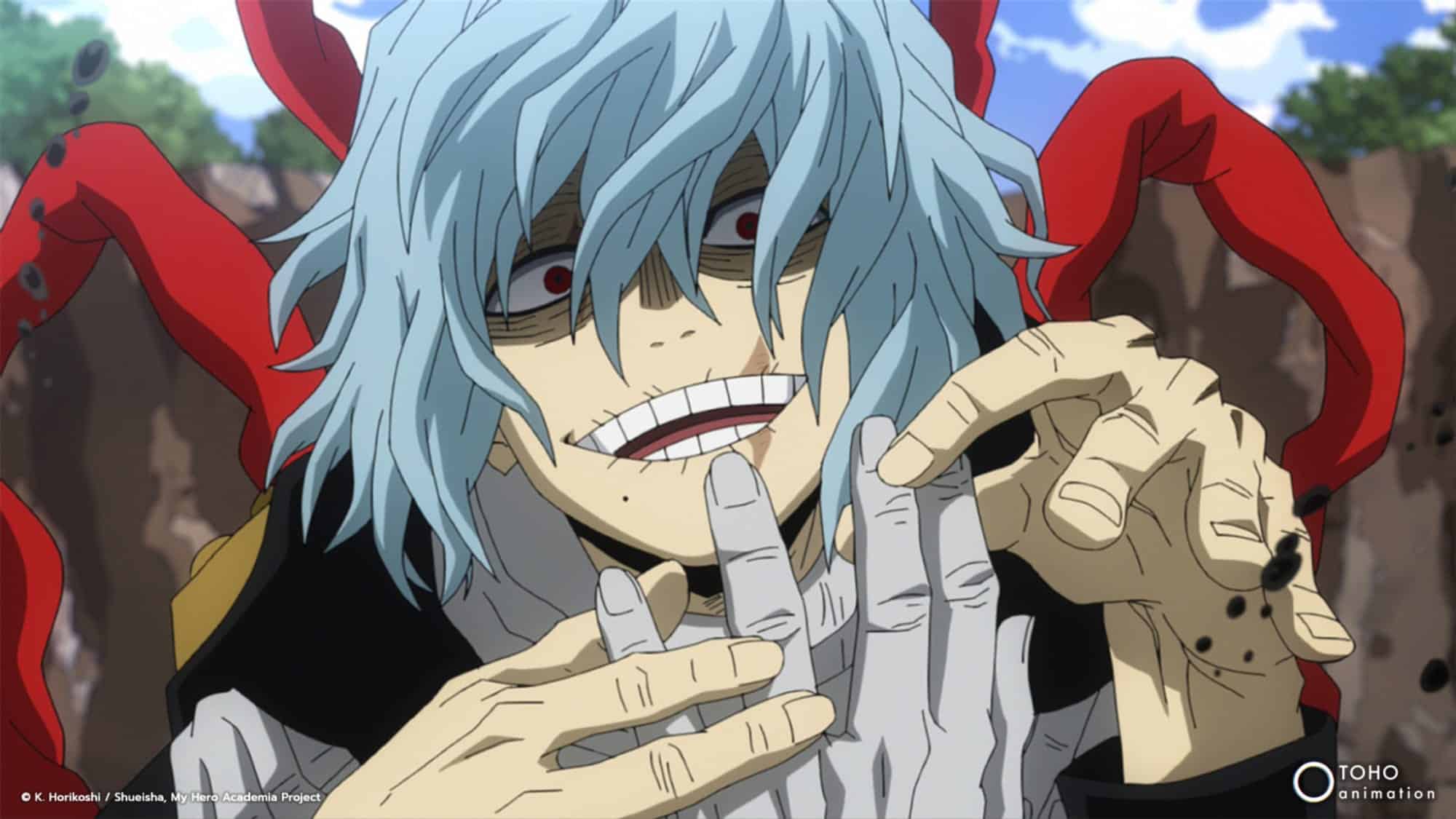
My Hero Academia Review: The issue of social exclusion
My Hero Academia does a brilliant job of highlighting the societal divisions and portraying the social hierarchy. At a very young age, Midoriya realizes that society is not equal, a very unfortunate lesson that one has to learn about the harsh reality. Born quirkless in a society that determines your caliber through quirks, Izuku faces bullying and humiliation, especially from his childhood friend Bakugou.
Katsuki Bakugou, despite being a bully, is nurtured by teachers in the school environment because he possesses a very promising quirk. His aggressive and loud behavior is ignored by school authorities and other parental figures due to his promising quirk and the way he executes the quirk leading to further marginalization of kids like Midoriya, who are the minorities of the society.
What you are basically born with determines your status in the social hierarchy, which is very relevant to reality as well because we live in a society riddled with racial exclusion, casteism, and classism.
Another example of these oppressive societal divisions can be portrayed when we are introduced to another character in season 2, Shinsou Hitoshi. He wishes to use his quirk to save people, but due to his quirk having a villainous essence itself, he is portrayed in a negative light.
The heroes are also seen in the light of the fame and glory they achieve. Heroism is determined not through the conduct of heroes but by how they are perceived in society.
For instance, at the very beginning of the show, we see front-line heroes trying to suppress a villain’s attack, but then Mount Lady comes in and creates a decisive final blow, overshadowing the work of the other heroes. We see cameras and people pouring towards her, completely overhauling the works of the other brave heroes. Heroism, in this sense, becomes a business of theatrics and attention and not a dignified profession.
In Japanese society, quirks are defined in terms of individuality. In season 5, we get to see the backstory of one of the villains, Toga. Her quirk is seen in a negative sense- a quirk of defilement and nastiness. She was sent to quirk counseling and told to suppress her quirk, which ultimately meant suppressing her individuality, something that makes Toga, Toga.

Through the eyes of Izuku, we get to see an idealized, utopian world where deviancy is suppressed, but as we go further and dissect the series, a grimmer plot appears, a plot riddled with issues of marginalization, discrimination, and social exclusion.
Theme of Over-reliance
Everyone in My Hero Academia wants to be a hero. It is a profession of reputation, respect, dignity, and fame. While this is truly a good and energetic sign of the youth, the constant influx of wanting to be a hero and the positives attributed to it creates an over-reliance and over-population of heroes.
As is evident from the first episode, when there is a villain outbreak, we see the common folk smiling and waiting for the heroes to crush the villain. They show no ounce of fear or paranoia.
All Might, the symbol of peace, is regarded as a pillar of protection to the citizens of Japan. Having a single pillar safeguarding the integrity, sovereignty, and protection of a nation is highly problematic. As we can see, when All might be lost his power and retired, rates of deviant activities increased, and there was no sense of security left within people as the one, and only pillar of peace toppled.
Animation
The animation of My Hero Academia is top-notch. The series depicts a myriad of quirks and a wide array of personalities. Everyone has a superpower and a backstory attached to that superpower, so the story is always busy and running. Not to mention, the fight scenes are executed with utter perfection.
There is so much strategy required in a battle scene. Additionally, details about technique, locomotion, backgrounds, and the atmosphere need to be kept noticed. The animation of the fight scenes does justice to the anime. Just when the spectators think that the scene has reached its climax, they are surprised by a new set of ideas that keeps the adrenaline flowing.
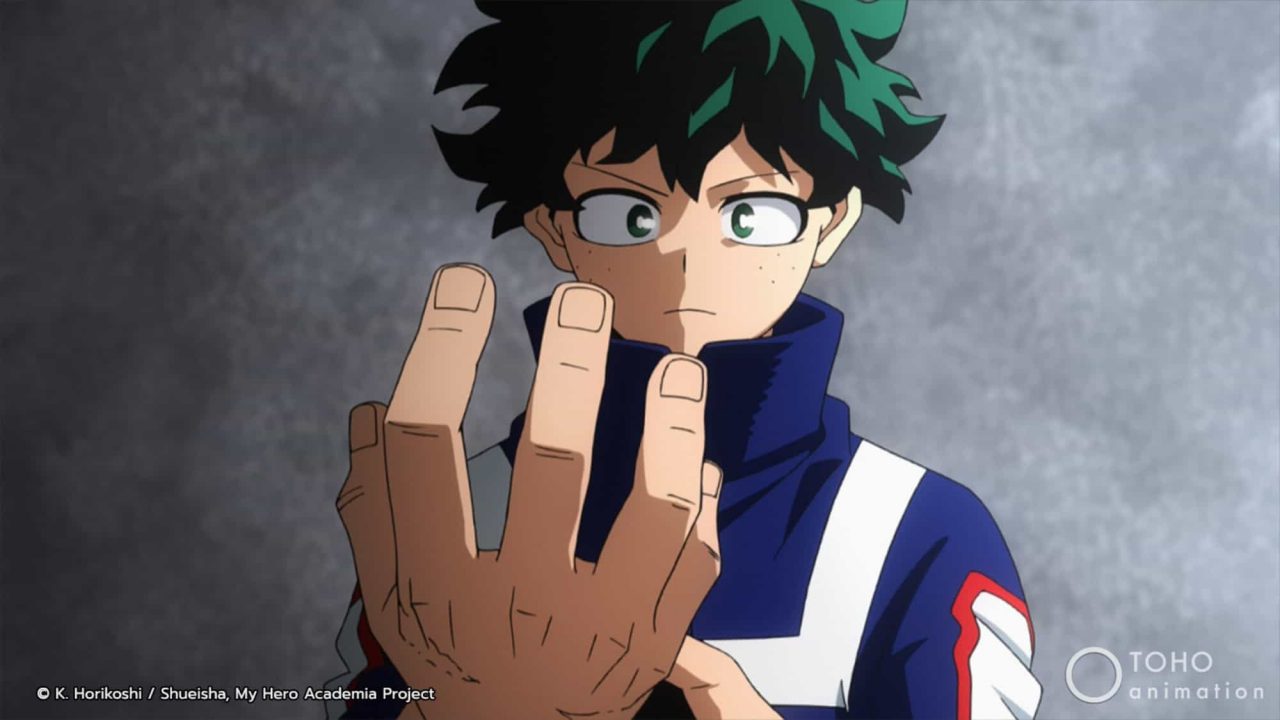
Studio Bones did a fantastic job animating the scenes, keeping in mind the atmosphere, the techniques, and the stylistic patterns. The fights are also easy to follow and not too complex. The attention given even to the most minute of elements is commendable.
You remain very interested and engrossed in the situation. Bakugou’s quirk feels explosive, and Todoroki’s ice and fire prowess feels smooth and sizzling at the same time. Not to mention, Midoriya’s Texas Smash really hyped the audience up as it gave a new depth to his character.
Characters and Storyline
One thing that I absolutely admire about this anime is its characters. It is one of the anime which gives weightage to character growth and backstories. Midoriya is one of the most enjoyable characters. He inspires others while himself working through the difficulties posed on his path to becoming a hero. He brings a very motivating and emotional quotient to the anime.
Even characters like Bakugou, who starts off as a person seen in a negative light, also get a lot of growth and expression. It is pretty difficult to make an unlikable character likable, but the writer’s way of showing Bakugou really made him grow on the spectators. There are characters who are painted in all shades of grey, and it’s really refreshing to look at them rather than having a monopolistic personality.
Season 5 also did justice to the characters of Endeavor and Hawks, making them fuller characters. There are some monumental character developments of characters like Shigaraki and Shinso.
The anime also goes into the depths of villains as well. Unlike most shows which uplift the lame hero agenda, the villains of My Hero Academia are given a lot of focus, equivalent to the main character. Each villain has a different personality, a different outlook on heroism and life, and a different ideological stance. It is a fresh and out-of-the-book concept for a shonen anime.
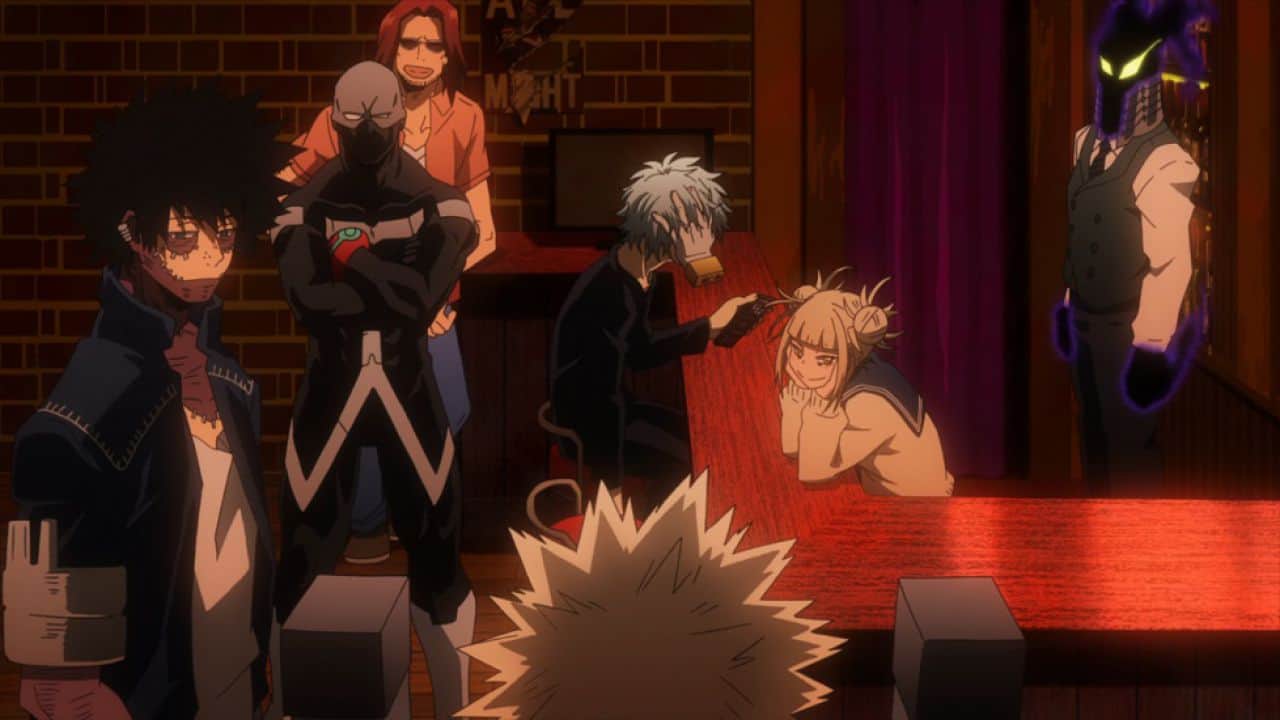
While there are villains who are naturally bad, there are villains who have to change owing to inevitable circumstances. These villains gain sympathy and compassion from the audience, creating a humanizing factor.
However, a flaw that is very much prevalent in all shonen anime, and My Hero Academia is no exception, is that the writer introduces too many characters, especially in the latest arc. This does not give enough room for character growth for all characters leading to an unbalanced equation which most shonen anime is guilty of.
The overall plotline of the anime is also quite engaging. We get to look at both sides of the coin, Deku and the high school students of the U.A. and also the League of Villains. The subplots are also quite emotional and intriguingly detailed.
Our Verdict
In conclusion, I would definitely recommend everyone who is interested in the superhero genre to give this anime a try. Even though there might be times when the storyline seems disconnected, everything makes sense in the long run. Is the anime overhyped? Definitely, it is also very overrated, but it deserves accolades for its execution, animation, storyline, and character detailing.
Our Rating: ⭐ (4.5/5).
Also, read: Cowboy Bebop Review: Is The Anime Worth A Watch?

